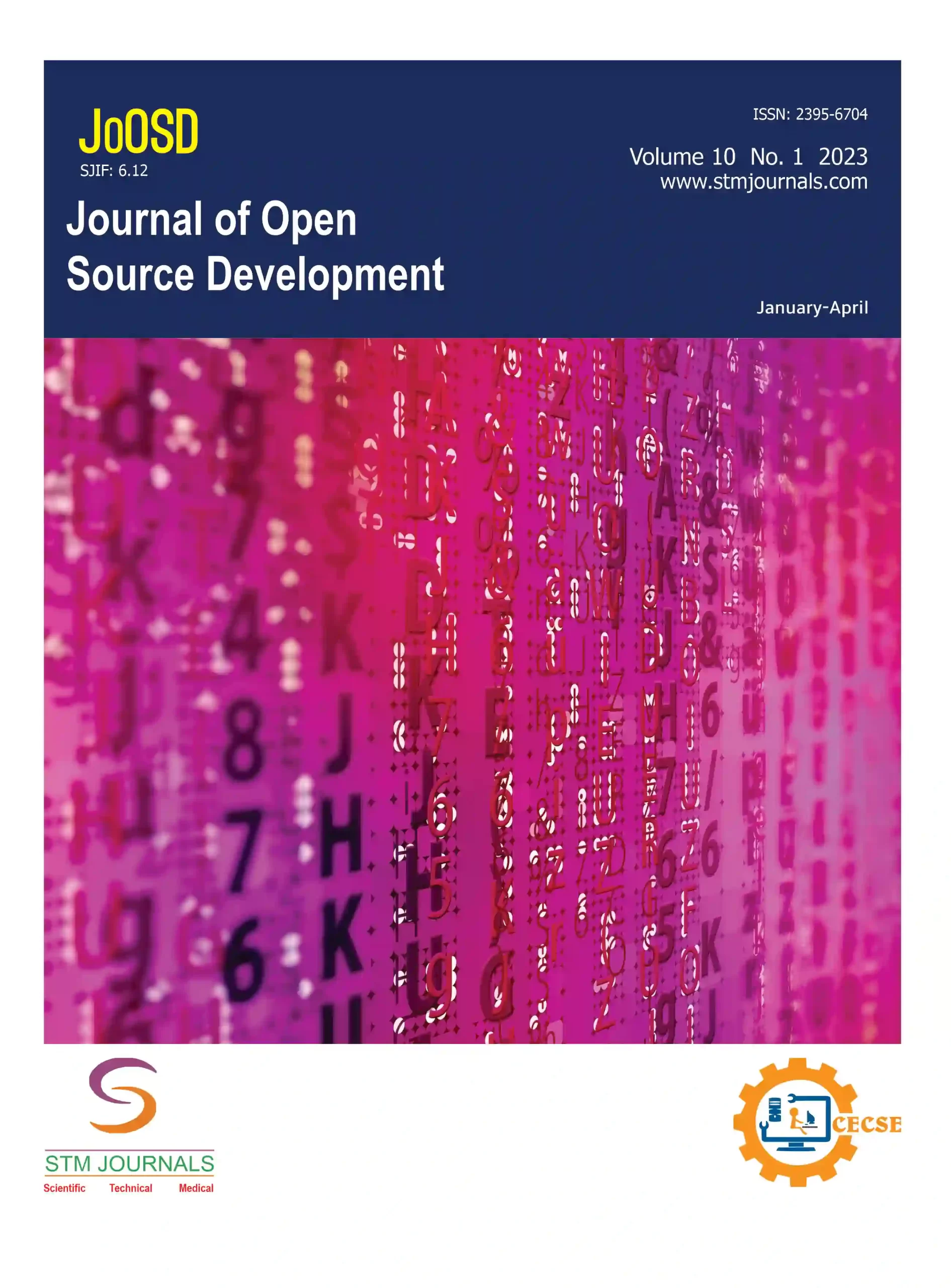[{“box”:0,”content”:”[if 992 equals=”Open Access”]
Open Access
n
[/if 992]n
n
n
n
n
- n t

n
Vinay Verma, Shivam Gupta
[/foreach]
n
n
n[if 2099 not_equal=”Yes”]n
- [foreach 286] [if 1175 not_equal=””]n t
- Research Scholar, Research Scholar, MCA Thakur Institute of Management Studies, Career Development & Research (TIMSCDR) Mumbai, MCA Thakur Institute of Management Studies, Career Development & Research (TIMSCDR) Mumbai, Maharashtra, Maharashtra, India, India
n[/if 1175][/foreach]
[/if 2099][if 2099 equals=”Yes”][/if 2099]nn
Abstract
nHumans are by nature varied and multilingual. While English holds the title of the most commonly spoken language globally, Hindi is also widely used by people worldwide. Natural Language Processing (NLP) is the discipline of AI concerned with providing computers the capacity to interpret text and spoken language in the same manner that humans can. People nowadays utilize products that employ NLP as their foundation, such as Alexa or Siri. However, there are several ambiguities in NLP for Indian Languages. Currently, NLP libraries such as iNLTK, Indic NLP, Stanford NLP, and others are utilized to process several Indian languages. This proposed article contains information about the various NLP libraries, the processes supported by these libraries, and the accuracy of these models for Indian languages.
n
Keywords: iNLTK, Tokenization, NLP, Deep learning, multilingual NLP.
n[if 424 equals=”Regular Issue”][This article belongs to Journal of Open Source Developments(joosd)]
n
n
n
n
n
n
n[if 992 equals=”Open Access”] Full Text PDF Download[else] nvar fieldValue = “[user_role]”;nif (fieldValue == ‘indexingbodies’) {n document.write(‘Full Text PDF‘);n }nelse if (fieldValue == ‘administrator’) { document.write(‘Full Text PDF‘); }nelse if (fieldValue == ‘joosd’) { document.write(‘Full Text PDF‘); }n else { document.write(‘ ‘); }n [/if 992] [if 379 not_equal=””]n
Browse Figures
n
n
n[/if 379]n
References
n[if 1104 equals=””]n
- Levelling up NLP for Indian Languages | Robert Bosch Center for Data Science and Artificial Intelligence. Iitm.ac.in. 2021. Available from: https://rbcdsai.iitm.ac.in/blogs/leveling-up-nlp4-indian-langs/
- Chowdhary K, Chowdhary KR. Natural language processing. Fundamentals of artificial intelligence. 2020:603-49.
- 3 Important NLP Libraries for Indian Languages You Should Try Out Today!. Analytics Vidhya. 2020. Available from: https://www.analyticsvidhya.com/blog/2020/01/3-important-nlp-libraries-indian-languages-python/
- Sameer Balaganur. Top NLP Libraries & Datasets For Indian Languages. Analytics India Magazine. Analytics India Magazine. 2020. Available from: https://analyticsindiamag.com/top-nlp-libraries-datasets-for-indian-languages/
- Arora G. inltk: Natural language toolkit for indic languages. arXiv preprint arXiv:2009.12534. 2020 Sep 26.
- Manthan S, Kumar J, Mediratta A, Kundale A, Nangare SH. AMBER chatbot and detection of paraphrases for Devnagari. Vishwakarma Journal of engineering research. 2017 Dec.
- Kharate NG, Patil VH. Survey of Machine Translation for Indian Languages to English and Its Approaches. International Journal of Scientific Research in Computer Science, Engineering and Information Technology. 2018;3(1):613-22.
- Navalakha D, Pittule M, Mane R, Rathod A, Kharate NG. Review of Chatbot system in Marathi language. International Research Journal of Engineering and Technology (IRJET). 2019 Nov;6(11).
- Joseph J, Lalithsriram SR, Menon N. Applications and Developments of NLP Resources for Text Processing in Indian Languages. Multilingual Digital Humanities. 2023 Dec 28.
- Aralikatte R, Cheng Z, Doddapaneni S, Cheung JC. V= arta: A Large-Scale Headline-Generation Dataset for Indic Languages. arXiv preprint arXiv:2305.05858. 2023 May 10.
nn[/if 1104][if 1104 not_equal=””]n
- [foreach 1102]n t
- [if 1106 equals=””], [/if 1106][if 1106 not_equal=””],[/if 1106]
n[/foreach]
n[/if 1104]
nn
nn[if 1114 equals=”Yes”]n
n[/if 1114]
n
n
n
| Volume | 11 | |
| [if 424 equals=”Regular Issue”]Issue[/if 424][if 424 equals=”Special Issue”]Special Issue[/if 424] [if 424 equals=”Conference”][/if 424] | 01 | |
| Received | February 29, 2024 | |
| Accepted | March 22, 2024 | |
| Published | April 5, 2024 |
n
n
n
n
n
nn function myFunction2() {n var x = document.getElementById(“browsefigure”);n if (x.style.display === “block”) {n x.style.display = “none”;n }n else { x.style.display = “Block”; }n }n document.querySelector(“.prevBtn”).addEventListener(“click”, () => {n changeSlides(-1);n });n document.querySelector(“.nextBtn”).addEventListener(“click”, () => {n changeSlides(1);n });n var slideIndex = 1;n showSlides(slideIndex);n function changeSlides(n) {n showSlides((slideIndex += n));n }n function currentSlide(n) {n showSlides((slideIndex = n));n }n function showSlides(n) {n var i;n var slides = document.getElementsByClassName(“Slide”);n var dots = document.getElementsByClassName(“Navdot”);n if (n > slides.length) { slideIndex = 1; }n if (n (item.style.display = “none”));n Array.from(dots).forEach(n item => (item.className = item.className.replace(” selected”, “”))n );n slides[slideIndex – 1].style.display = “block”;n dots[slideIndex – 1].className += ” selected”;n }n”}]


